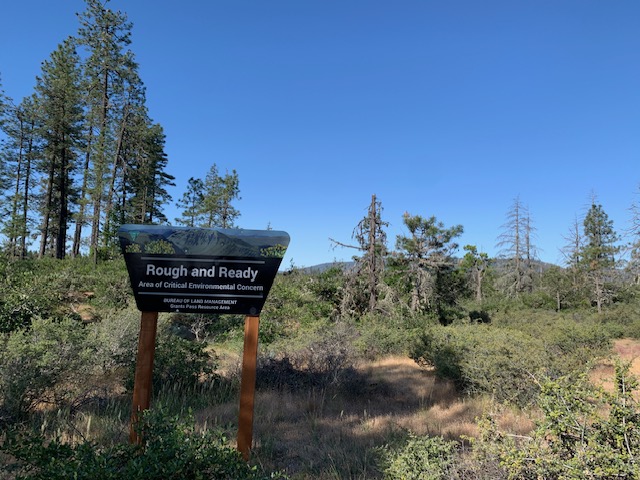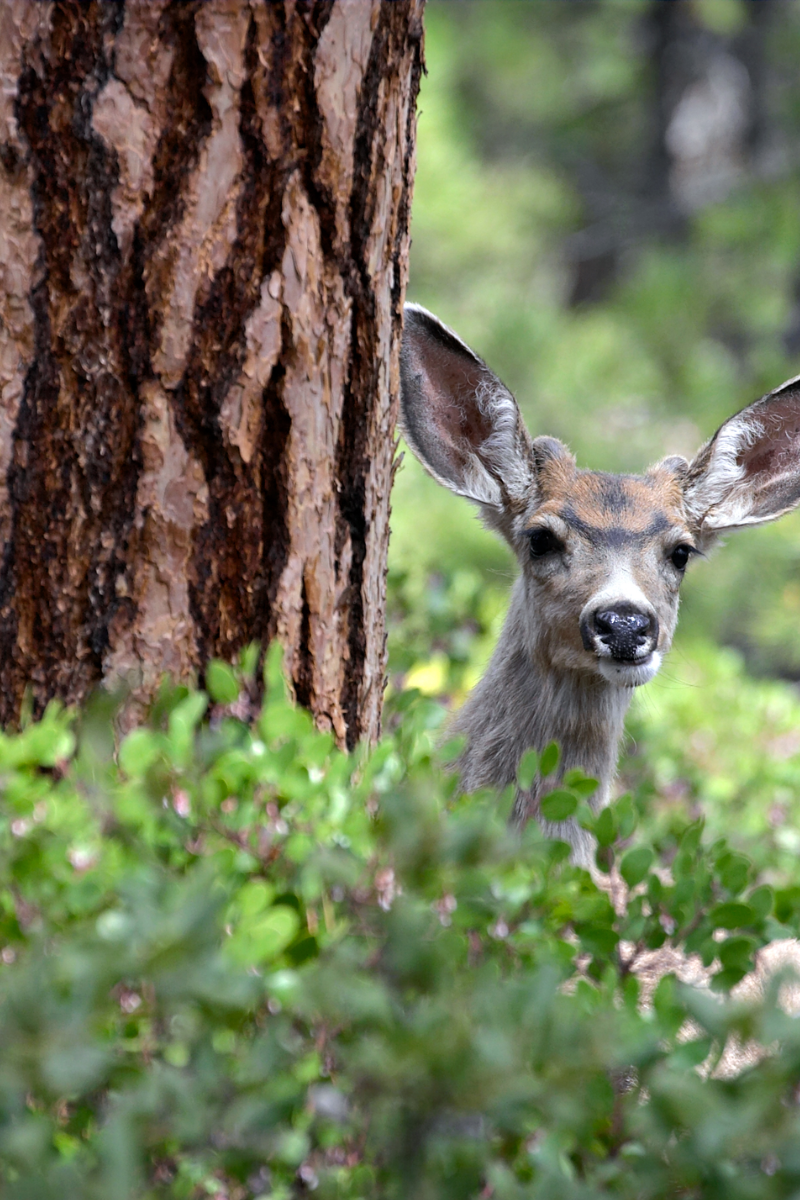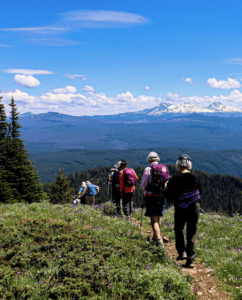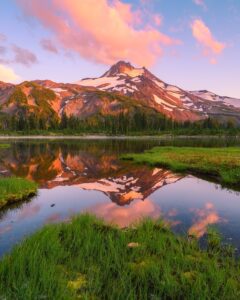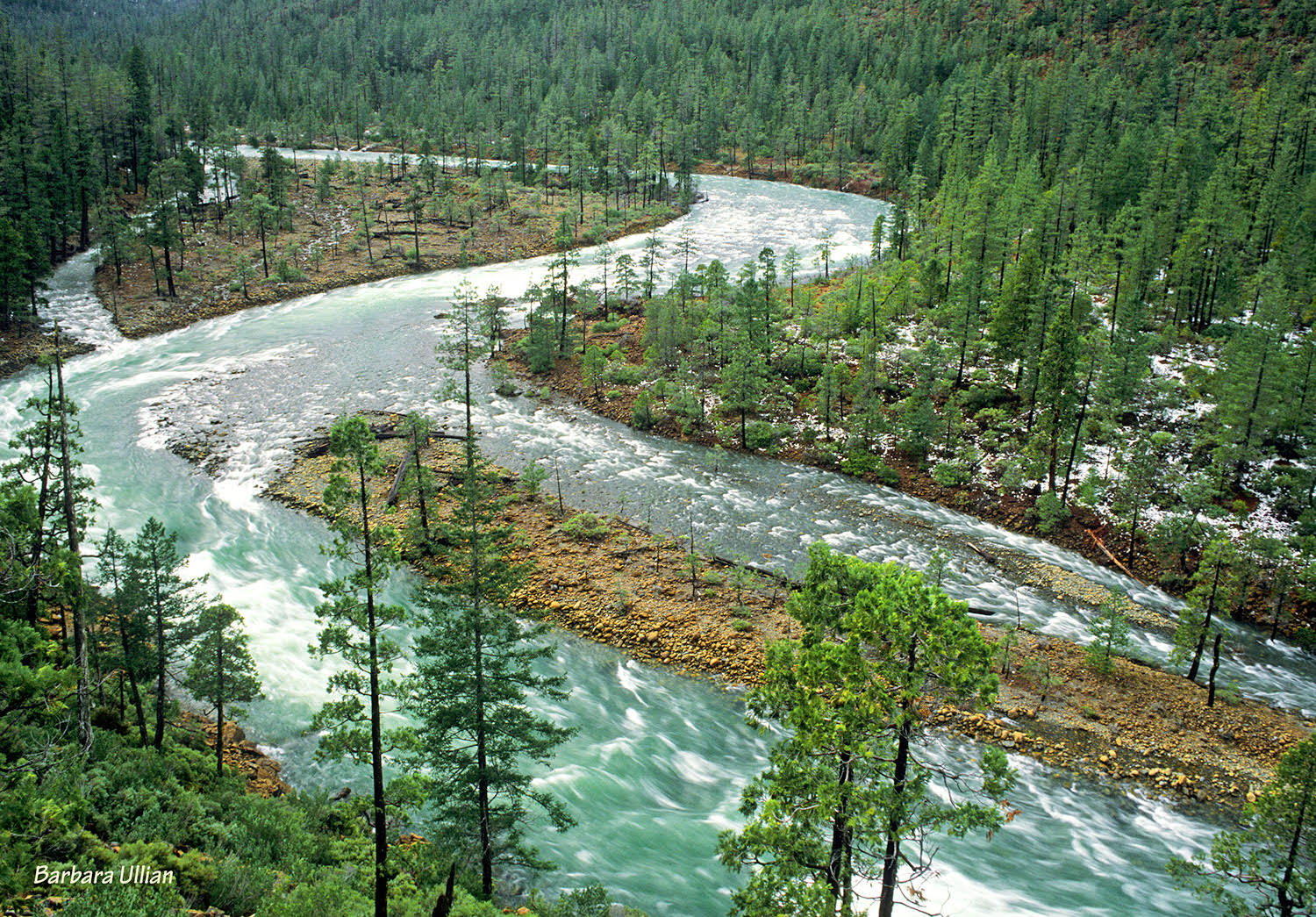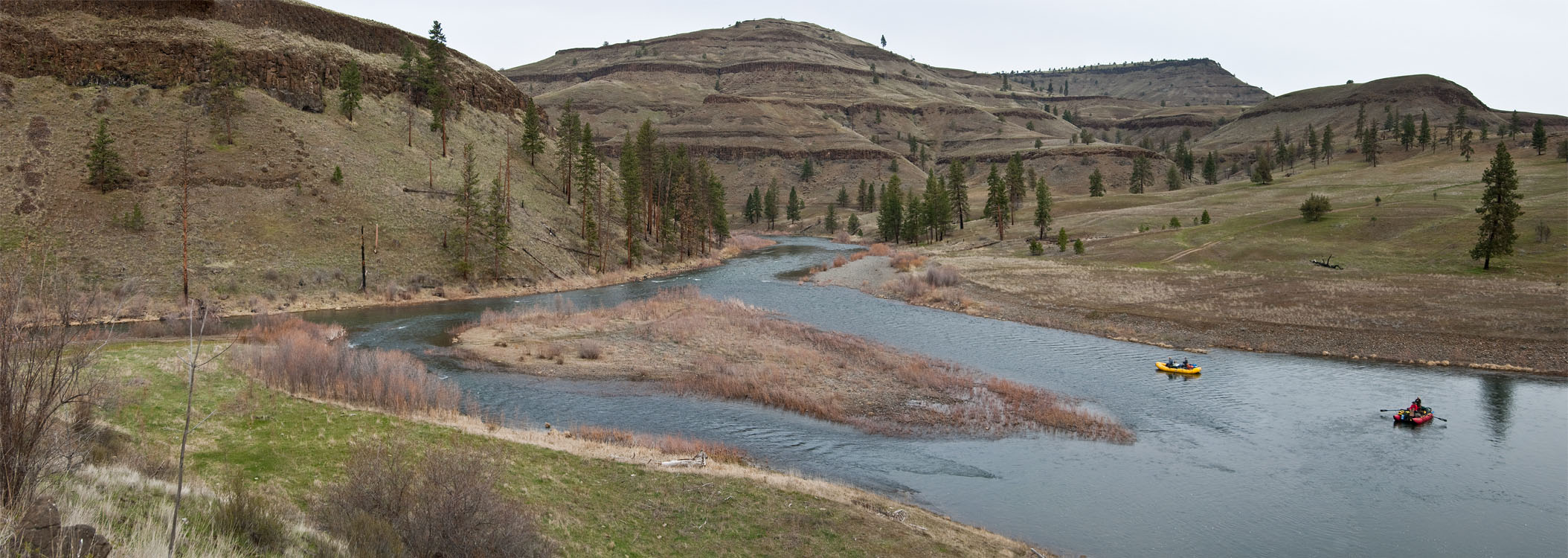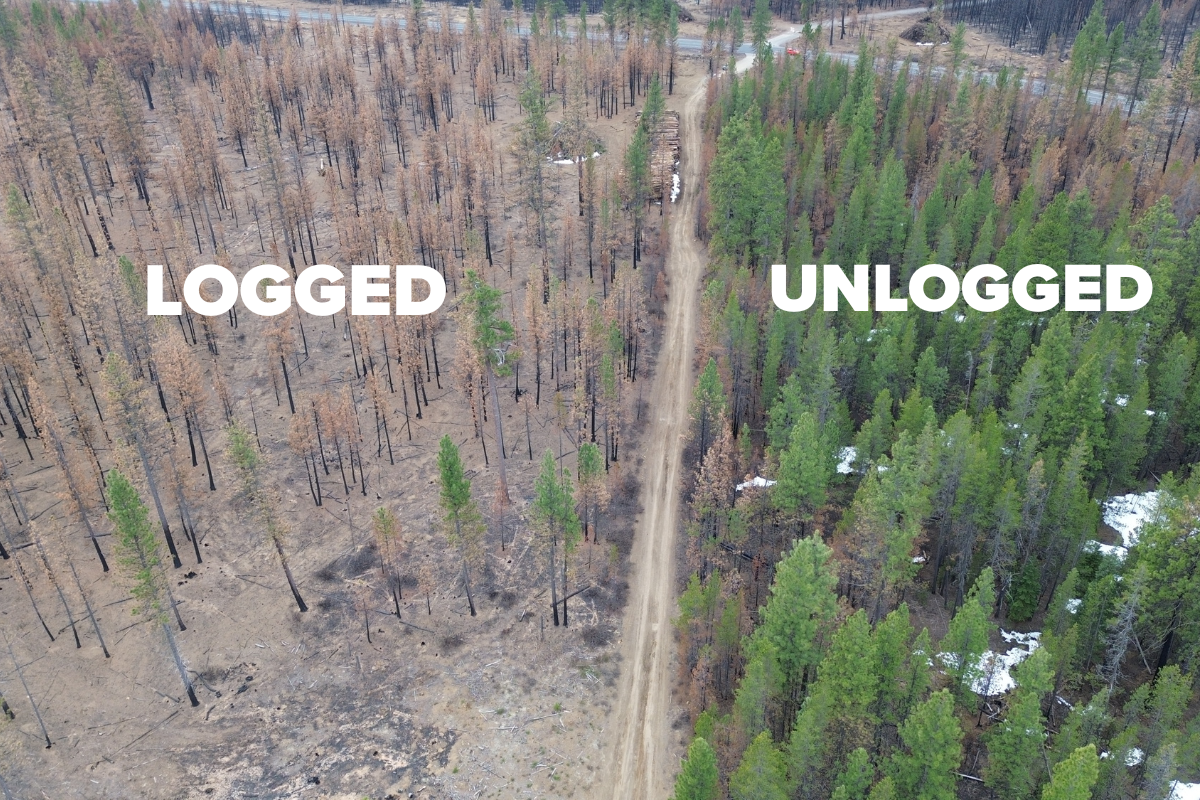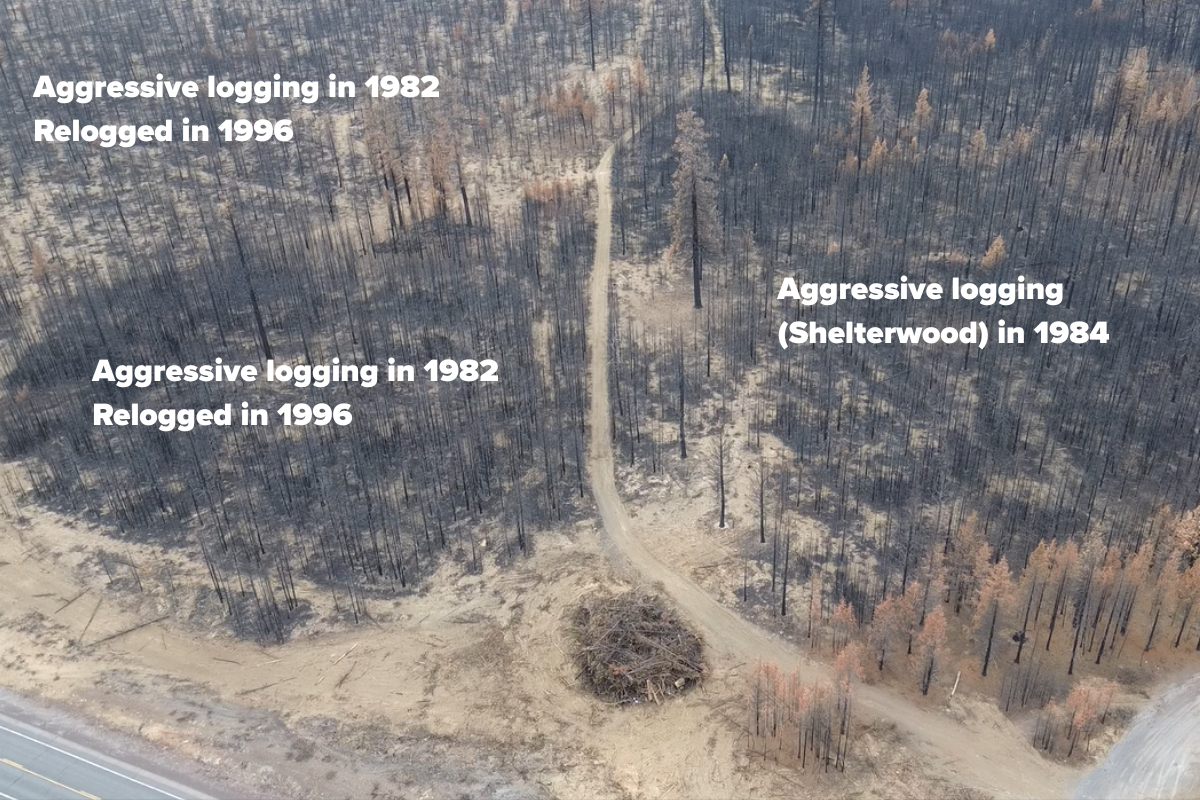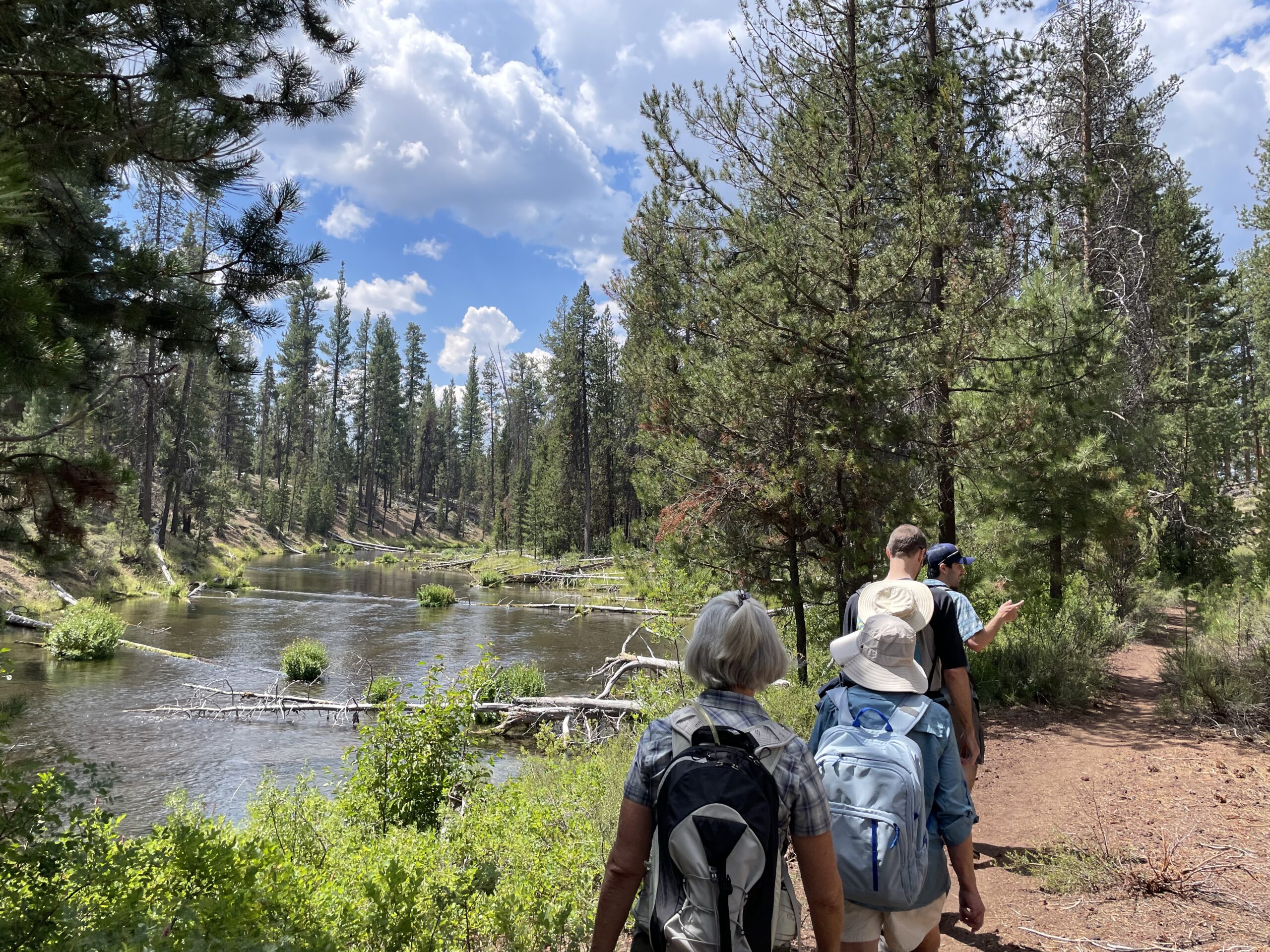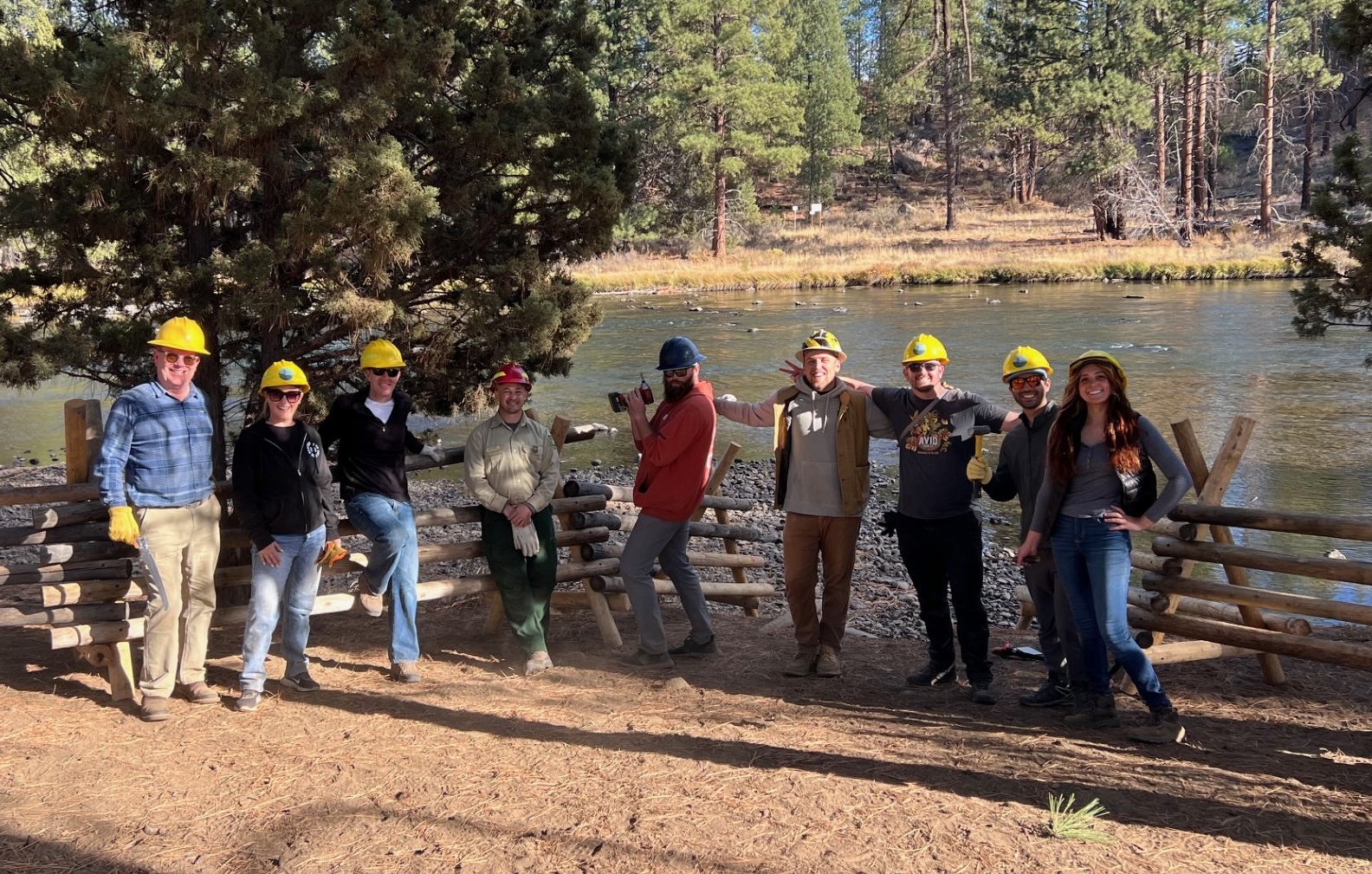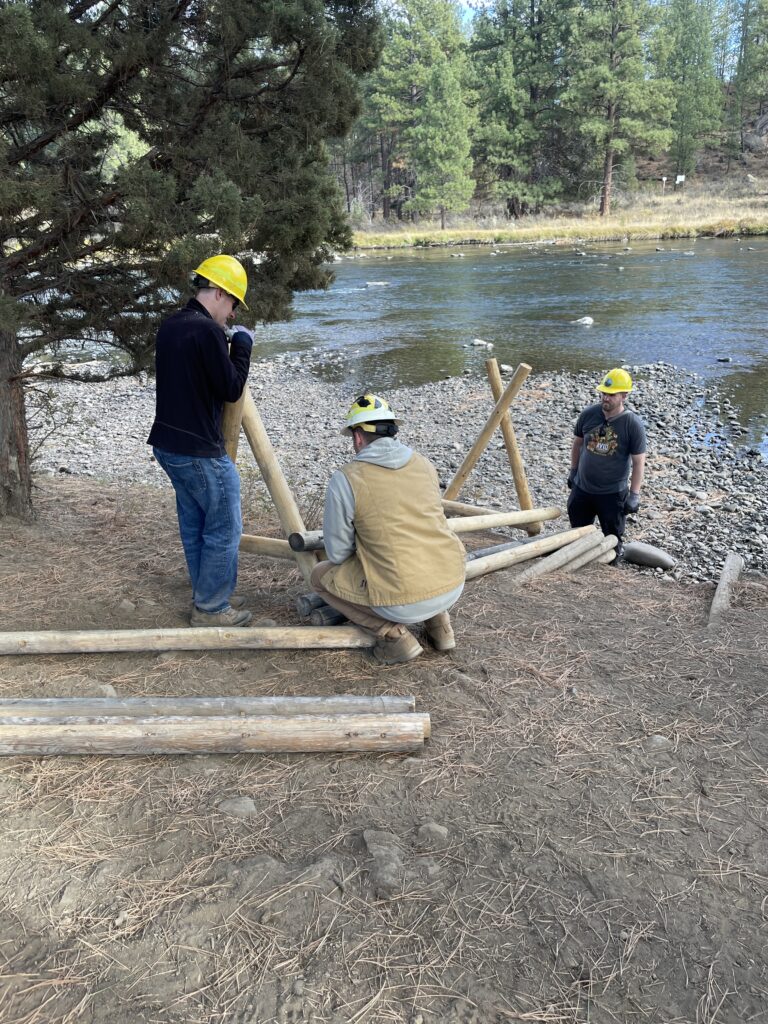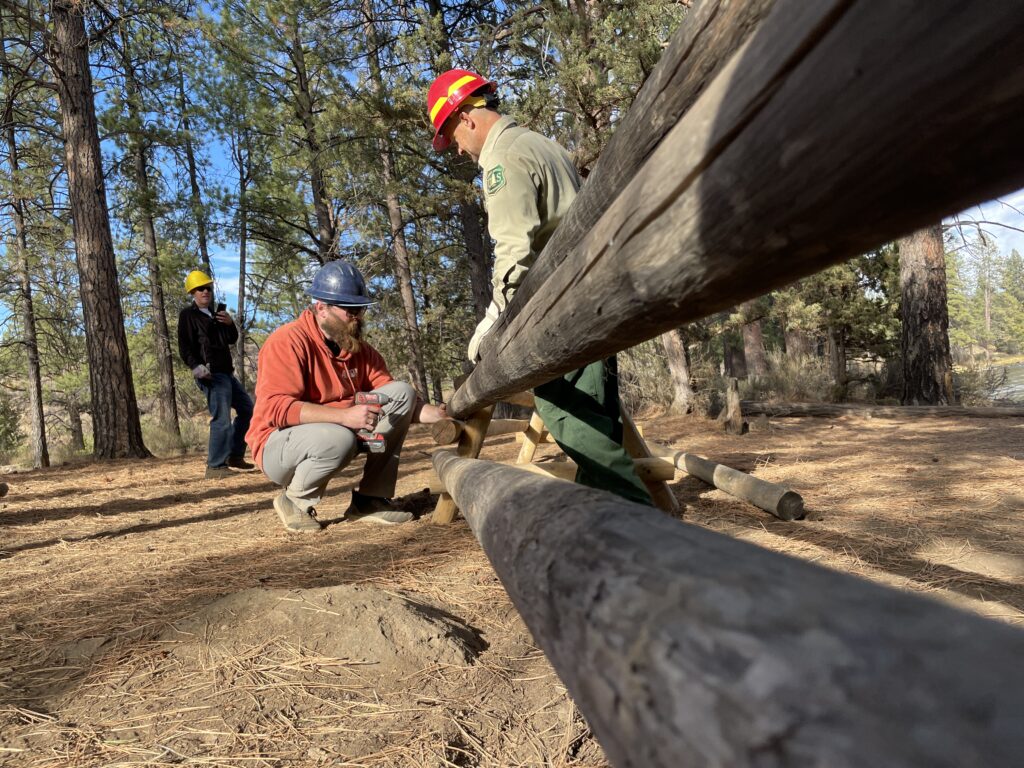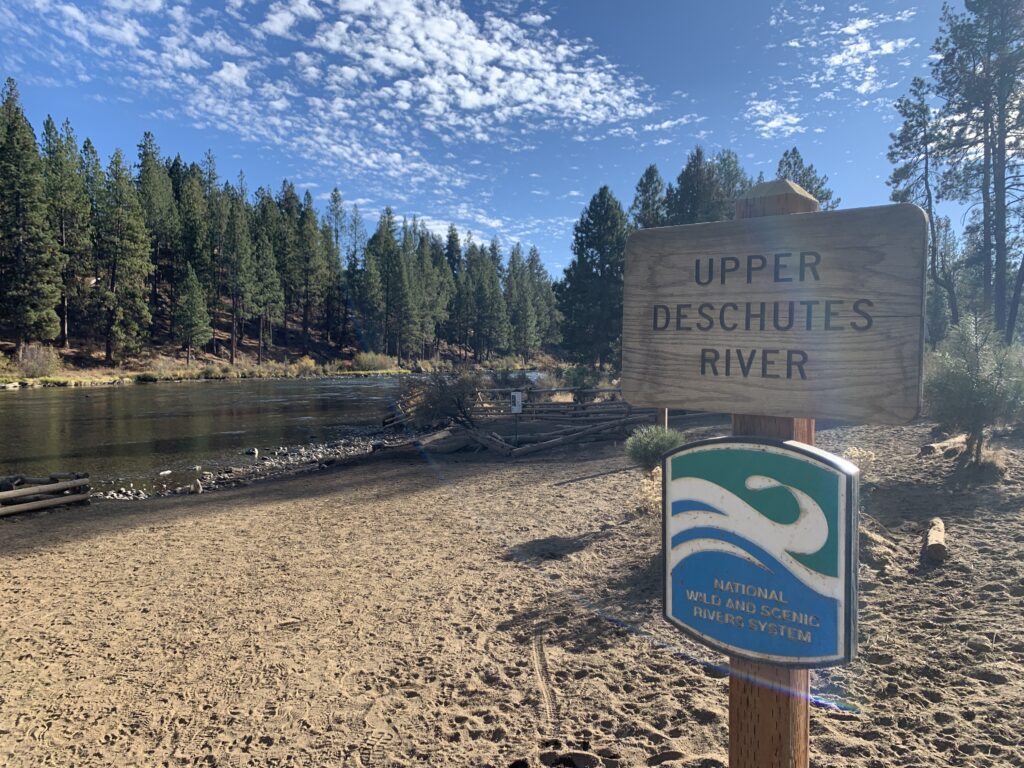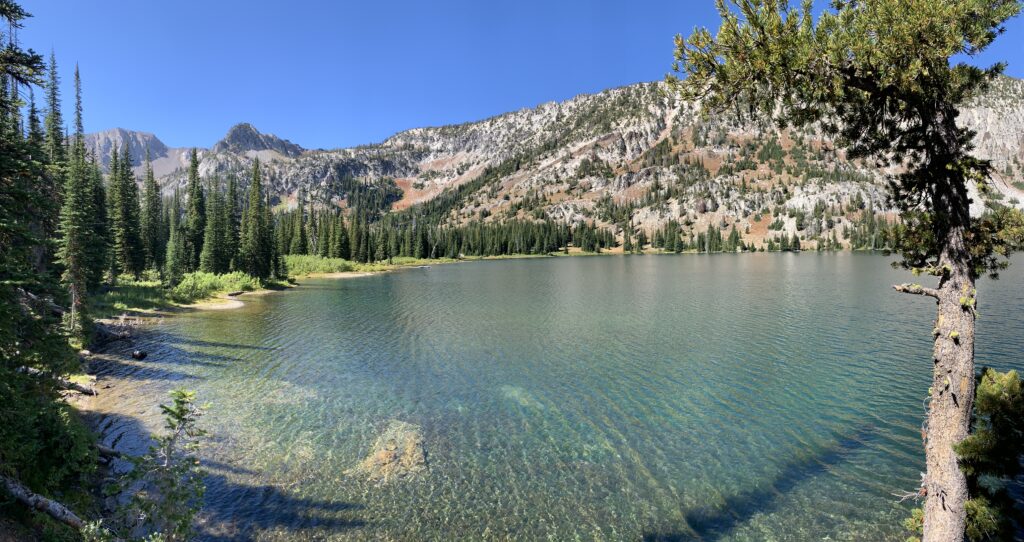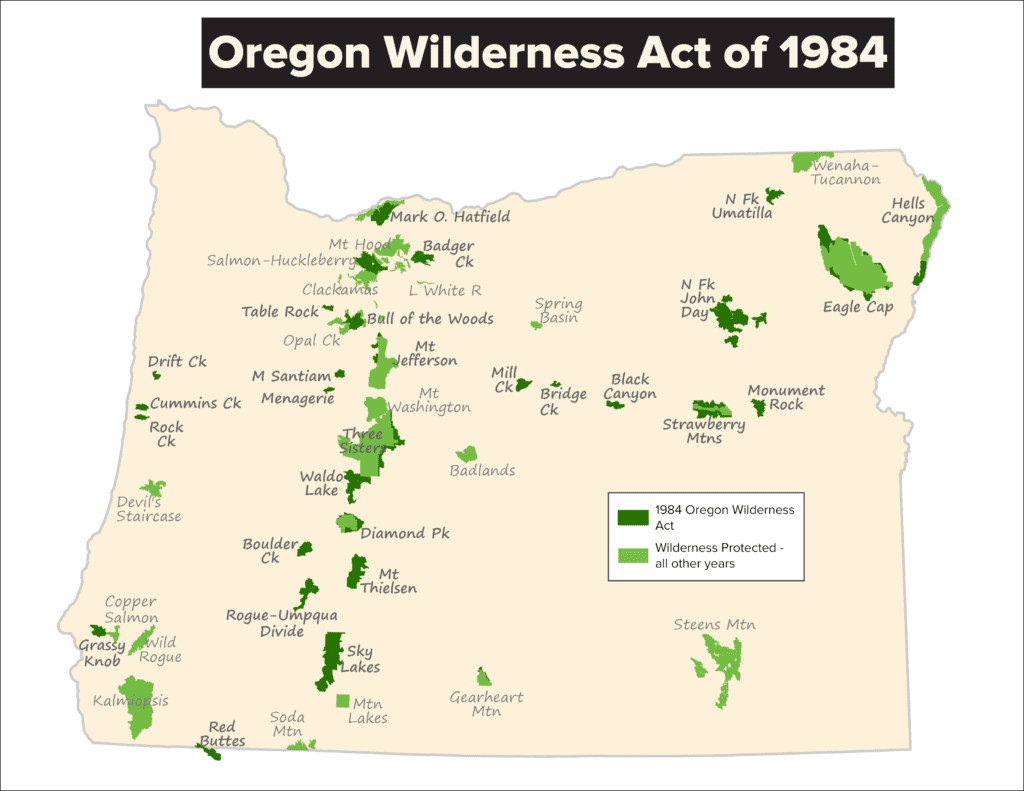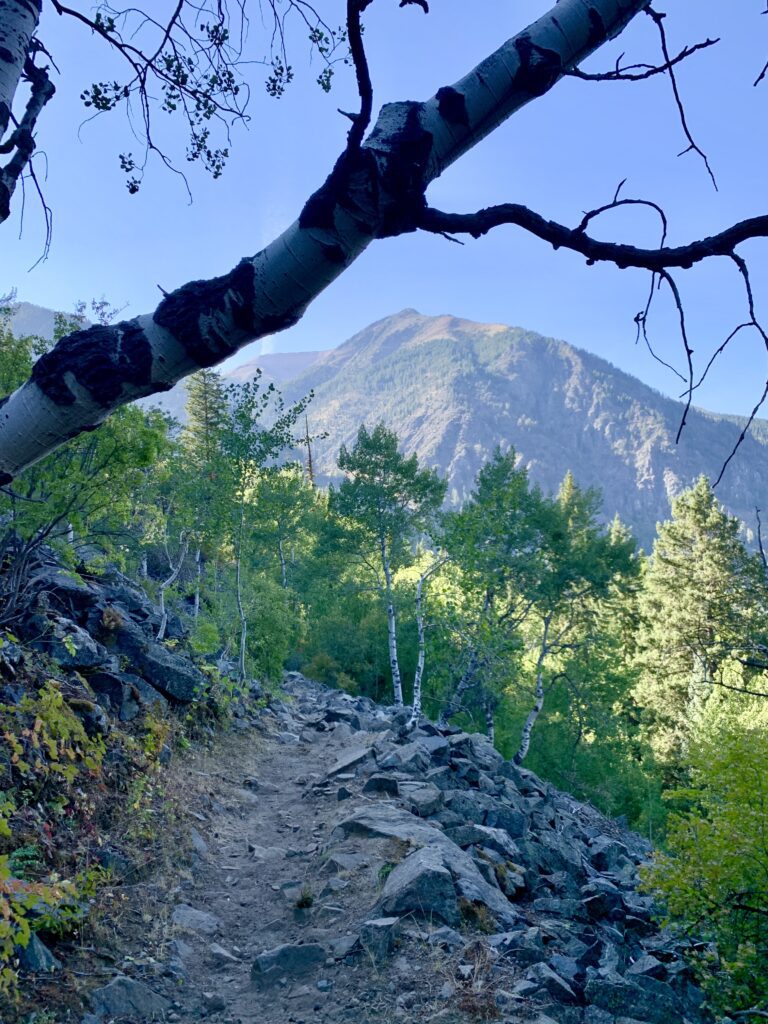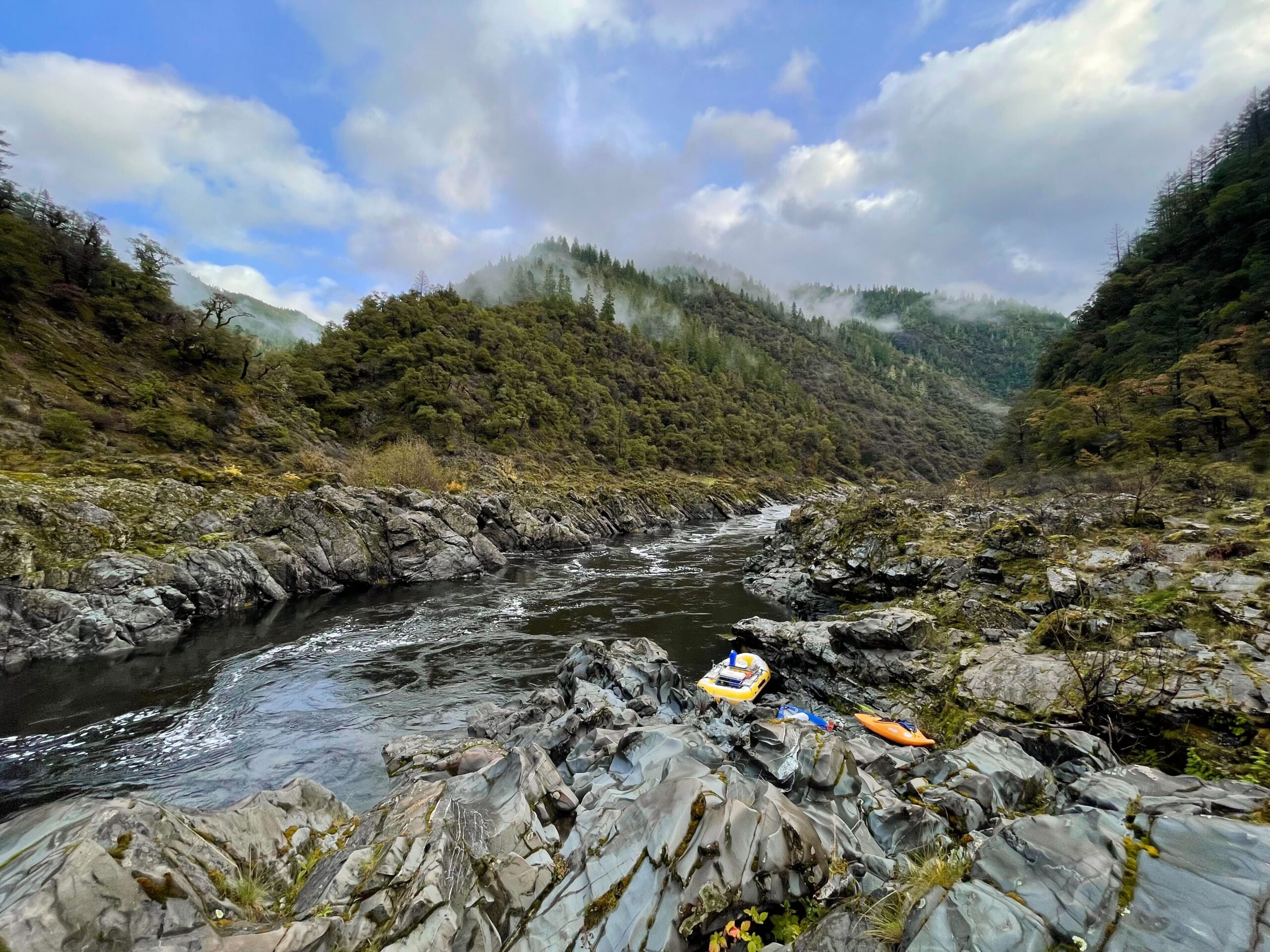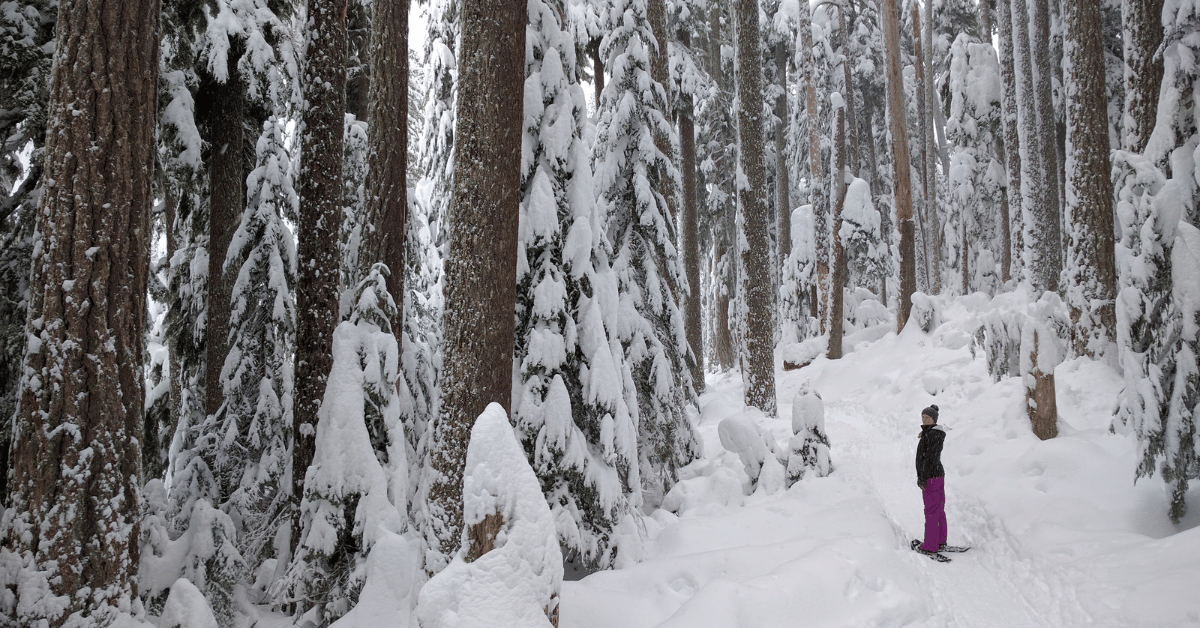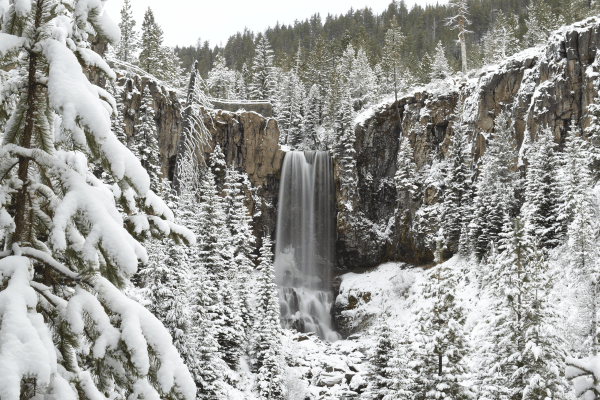Tucked away in the far southwest corner of Oregon, near the California border, is a little creek with big character. Many will cross right over it while driving the Redwoods Highway, but most may not even notice this remarkable stream.
A biological wonder
Rough and Ready Creek is one of the most extraordinary watersheds in Oregon. It is a biodiversity hotspot for rare and endemic plants found nowhere else on earth. In fact the area has more plant diversity than anywhere else in Oregon. The waters here run crystal clear, even during winter storms and high flows.
This impressive botanical biodiversity and water quality are thanks to the area’s unique geology and hydrology. When you first lay eyes on the Rough and Ready floodplain, you will find it almost desert-like with shrubs, bunchgrasses, a variety of wildflowers, and a few sparse pine trees scattered about. You may be surprised to learn that this area often receives over 100 inches of annual rainfall! Moist Douglas fir forests can be found just a few hundred yards away.
The floodplain is characterized by serpentine soils, which quickly drain (leaving the soil very dry relative to the amount of rainfall it receives) and contain heavy metals and low nutrient availability. As a result, highly specialized plant species have adapted to survive here, including many that are not found anywhere else in the world. This geology, combined with the area’s proximity to the Pacific Ocean, has resulted in an exceptional diversity of one-of-a-kind landscapes, ancient wetlands, and some of the last native grasslands on the West Coast.
In addition to rare and endemic plant species, fish and wildlife also thrive here. Native chinook salmon, steelhead, and cutthroat trout have adapted to the creek’s naturally high summer water temperatures, and rare yellow-legged frogs flourish in this pristine habitat.

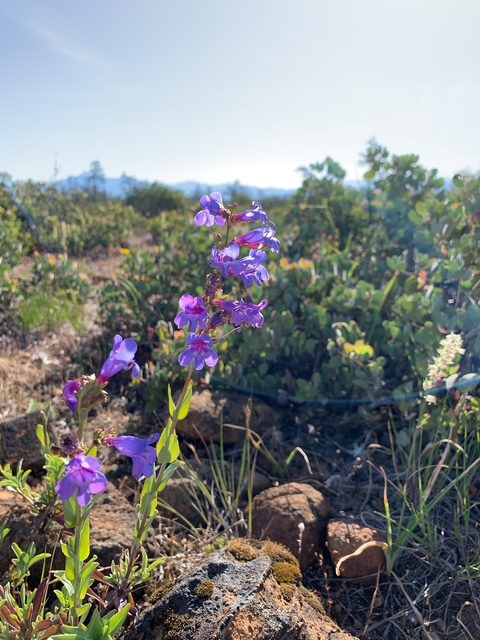

Siskiyou Mat, Azure Penstemon, and Scytheleaf Onion are among the unique plant species that have specialized to thrive in the serpentine soils of Rough and Ready Creek in southern Oregon.
Threats to this watershed
However, the watershed’s unique geology has also made it a target for the mining industry, threatening its water quality and ecological integrity. The soils here contain low-grade nickel laterite, which, if mined, would result in irreparable harm from smelter construction and operation, water pollution, road building, and surface and strip mining. It would devastate the many values of this watershed and impact nearby communities downstream along the Illinois River.
Rough and Ready Creek could also be degraded by the invasive Port Orford Cedar root disease if roads and mining are allowed. Rough and Ready Creek is one of the few watersheds in southern Oregon that is not yet infested with this disease, and its high botanical diversity values remain intact.
Proposals to protect Rough and Ready Creek
The River Democracy Act, co-sponsored by Senators Ron Wyden and Jeff Merkley, would designate 13 miles of streams in the Rough and Ready watershed as National Wild & Scenic Rivers, protecting important values such as biological diversity, fish and wildlife habitat, water quality, and outdoor recreation opportunities.
The Oregon Recreation Enhancement (ORE) Act, also co-sponsored by Senators Wyden and Merkley, is another bill that would protect Rough and Ready Creek and other nearby watersheds from new destructive mining claims. The bill would also expand the Wild Rogue Wilderness.
Both of these bills are making their way through Congress and need your help to get across the finish line! Take action for Rough and Ready Creek and other watersheds across Oregon by signing on as a Citizen Co-sponsor of the River Democracy and urging your members of Congress to pass the ORE Act.
If you visit
The easiest way to visit Rough and Ready Creek and experience its unique wonders is to walk the short trail at the Rough and Ready Botanical Wayside, located off the Redwoods Highway a few miles south of Cave Junction. Here, you will find many of the rare and endemic plants the area is known for. This is a great spot to stop for a short walk on your way to visiting the Redwoods in California.
Rough and Ready Creek is also a popular whitewater kayaking stream for experienced paddlers during high flows in the winter and early spring.
In addition to the Redwoods, other nearby attractions include the Oregon Caves National Monument, Smith River National Recreation Area, the Kalmiopsis Wilderness, and the Wild & Scenic Illinois River.
